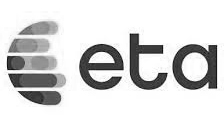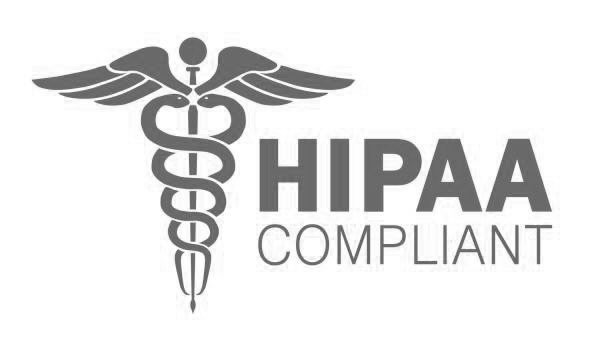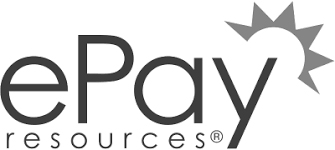Reflecting the rapid growth of property ownership, this South Texas County revealed that over 132,300 tax statements will be sent out, which is a significant increase compared to the previous years. This surge in tax statements will require a team of five clerks to process an additional 2,000-plus tax bills each this year. However, this Texas County is utilizing Usio Output Solutions to simplify the billing process for the staff and property owners alike. The new tax statements will include QR (quick response) codes designed for mobile devices.
This Usio Payment Solution works by allowing users to conveniently scan the QR code on their tax bills, after it’s mailed and instantly access their account page on the tax assessor’s website. From there, they easily make payments.
The tax bills will encompass property taxes assessed by the 15 entities under their jurisdiction. Payments are due upon receipt. Failure to pay by this date will result in penalty and interest charges.
Additional Usio benefits to the County include:
We Own Our Tech Stack: With our seamless combination of an in-house post office, professional printing, and integrated payment technology, this organization has complete confidence that its invoices/statements will never encounter delays. By keeping all these essential processes in-house, we also transfer these cost savings directly to our customers.
Efficiency and Convenience: QR codes provide a quick and efficient way for property owners to make their tax payments. Instead of manual data entry or paper checks, taxpayers can simply scan the QR code with their smartphones or other devices to access the necessary payment information and complete the transaction. This convenience can lead to higher compliance rates and faster revenue collection.
Reduced Errors: QR codes eliminate the risk of manual data entry errors, which can occur when taxpayers fill out checks or online forms. This reduces the administrative burden on county tax assessors, who no longer need to deal with correcting mistakes or reconciling payments.
Enhanced Security: QR codes are encrypted and secured to protect sensitive payment information. This ensures that payments are made securely, reducing the risk of fraud or unauthorized access to personal and financial data.
Real-Time Updates: When payments are made using QR codes, tax assessors can receive real-time updates on the status of payments. This allows for better cash flow management and more accurate financial planning for the county.
Cost Savings: Implementing QR code payment systems will ead to cost savings in terms of reduced paperwork, manual processing, and the need for physical infrastructure like payment counters. This can result in more efficient use of taxpayer funds.
Increased Transparency: QR codes are linked to detailed property assessment information, allowing taxpayers to access relevant data easily. This transparency can help build trust between taxpayers and local government authorities, as property owners can verify the accuracy of their assessments.
Accessibility: QR codes can be printed on tax statements and other documents, making them accessible to a wide range of taxpayers, including those who may not be familiar with online payment methods.
Data Analytics: The use of QR codes can also provide valuable data for tax assessors. They can track payment trends, identify areas of concern, and use this information to make informed decisions regarding tax collection strategies.
Green Initiatives: Implementing QR codes for tax payments can align with environmental sustainability goals by reducing the need for paper-based transactions, which can help reduce the environmental footprint of tax collection processes.
Future-Proofing: QR codes are adaptable and can evolve with technology. As payment methods and platforms change, QR codes can be easily integrated into new systems and technologies, ensuring that the tax collection process remains up-to-date.
To learn more about Usio Output Solutions, click here.











